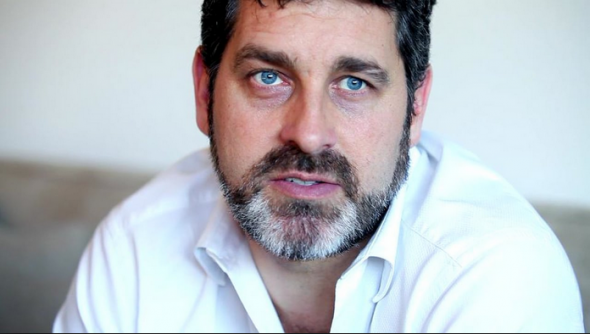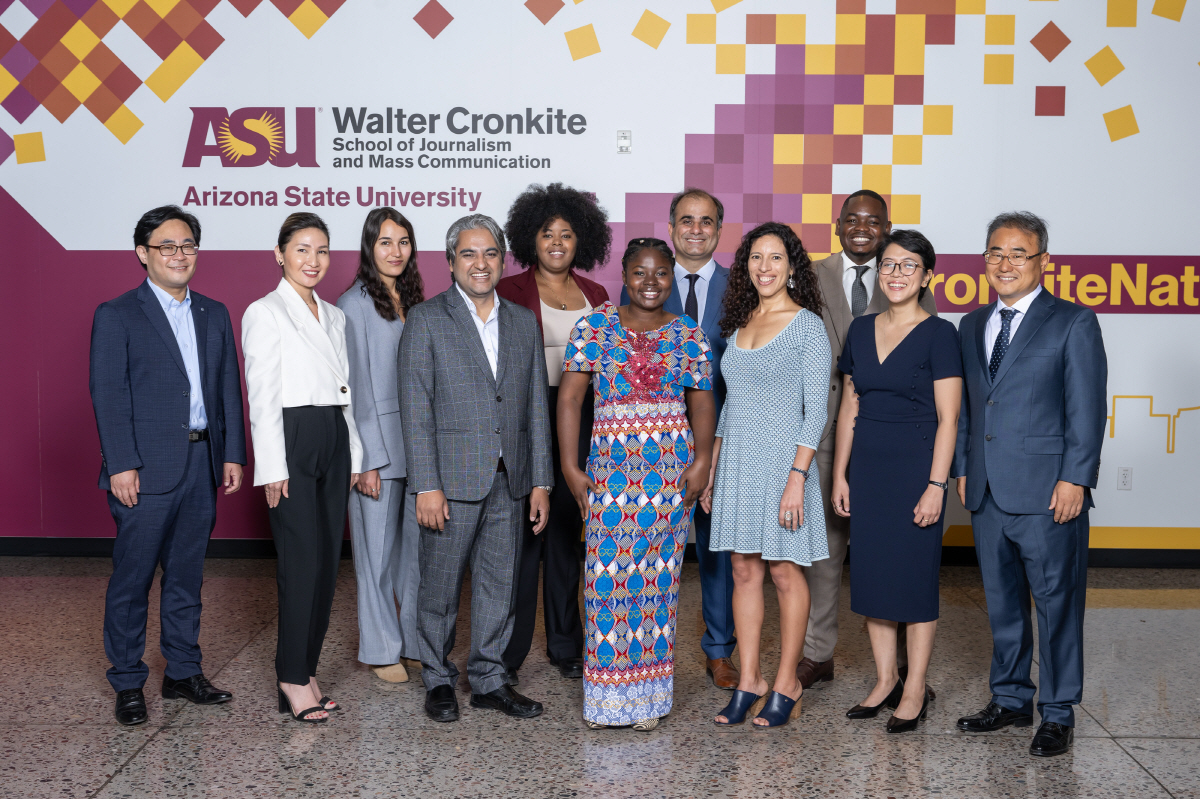These are the famous words of Simon Sinek. Sinek is the leadership guru and author who penned several influential business books. “Start With Why,” book and featured Ted Talk in 2009, is still relevant to the dynamic business world and leadership arena today.
“Start With Why” details what true leadership is: “There are leaders and there are those who lead. Leaders hold a position of power or influence. Those who lead inspire us,” Sinek said.
In “Start With Why,” leading through inspiration, innovation and communication are main points. To Sinek, a world where everyone loves their job is not a daydream: it’s a reality that his theories can bring to life.
Leading through Communication
“We are drawn to leaders and organizations that are good at communicating what they believe. Their ability to make us feel like we belong, to make us feel special, safe and not alone is part of what gives them the ability to inspire us,” Sinek.
Here, Sinek cites examples like Apple and Harley Davidson. When we think about these brands, we have a clear idea of what they believe in. Apple touts their individualism and passion for innovation. Harley Davidson stands for indisputable freedom and independence. These corporate values are easy to state because both corporations do an excellent job of leading their industries through successful communication.
Leading through Innovation
“Great leaders and great organizations are good at seeing what most of us can’t see. They are good at giving us things we would never think of asking for,” Sinek.
Sinek cites Henry Ford and the automobile as an example for leading through innovation. Ford was quoted to have said, “If I had asked people what they wanted, they would have said a faster horse.” This tenet stresses the importance of confident innovation. Leaders must lead the way in their industries, not wait for consumers to point them in the right direction, according to Sinek.
Leading through Inspiration, not Manipulation
“There are two ways to influence human behavior: you can manipulate it or you can inspire it,” Sinek.
Sinek references Martin Luther King Jr. as an example of leading through inspiration. The champion for civil disobedience led through his inspiring actions, not through manipulating others to do his work.
Summary
Sinek’s theories can be summed up in the Golden Circle. This image instructs great leaders to start defining their purpose with the “why” and then move outward to defining their “what.”
Criticism of “Start With Why”
Lex Sisney is the founder of Organizational Physics, a CEO coach and business scaling expert.
Sisney says that the Golden Circle is flawed from a business perspective. Instead of preaching the “why” of what they do, businesses should focus on the “who.” Sisney simply takes Sinek’s Golden Circle paradigm one ring further. Sisney says, “by focusing on ‘who’ you serve, you can…refine and adapt your solutions to meet customer needs over time. Knowing which type of customer to pay attention to, and when, also allows you to anticipate and respond to changes in the marketplace and drive new innovations forward.”
Reflections on “Start With Why”
I personally identified strongly with the rhetoric and logic Sinek employed in the “Start With Why” theories. However, I think this may be because Sinek and I share the same personality traits. On the Enneagram scale, we would be 7s (Enthusiasts). Sinek wrote “Start With Why” from the lens of an Enthusiast, and the leadership qualities he lauds are somewhat exclusive, though not entirely, to that personality subset.
This resulted in Sinek presenting a logical argument without any holes… which sounds great. However, there is no absolute truth in argumentation. Sinek ignores the dark side of starting with why; Sinek does not address the fact that the tactic of rousing “cult-like passion” like Apple did has also been used by actual “cults” such as Scientology. In addition, Sinek does not address the hole in his argument that even if you market the “why,” market conditions can still be the detriment of your product. I think if Sinek addressed these critiques, and the critique I cited above, his theories would resonate more widely.





I love that Henry Ford quote! Great example of “work smarter, not harder.” I think having a clear vision in terms of our work is something others can easily spot. It reminds me of some of my global studies classes: It’s really easy to identify the students who have a true interest in the subject matter of a course versus those who are just trying to get their academic credit and leave. Those who have a real interest are actively engaged in class and present thoughtful remarks, while others show up late and don’t contribute to discussions. As a leader, I think it is easy for those on our team to tell when we’re actually passionate about something — and then it’s easier for that passion to spread to them like a trickle-down effect.